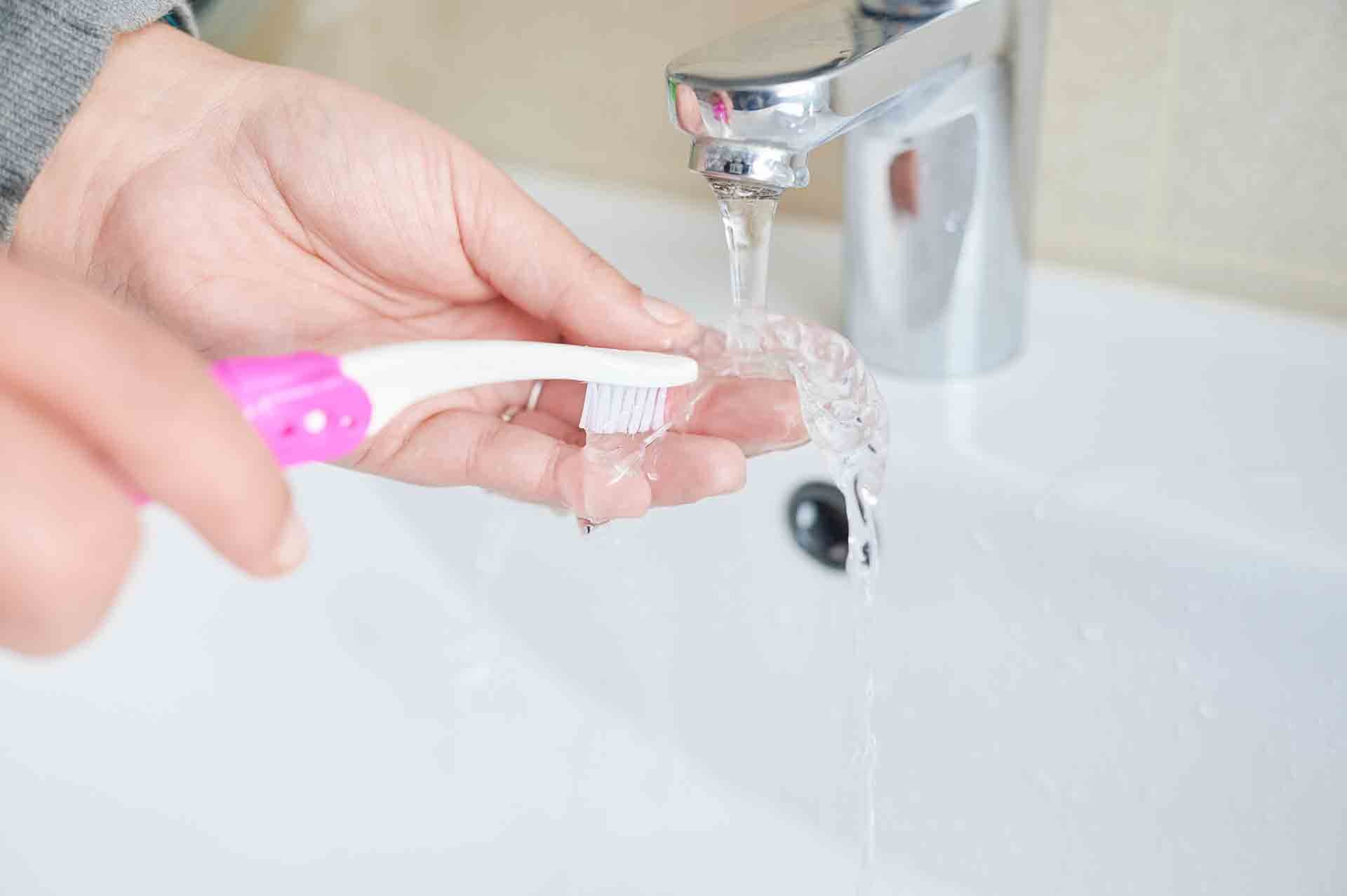
How to Clean Retainers: A Complete Guide for Fresh, Healthy Smiles
Wearing a retainer is a big step in keeping your teeth straight after orthodontic treatment, but keeping it clean is just as important. If you’ve ever wondered how to clean retainers properly, you’re not alone. Retainers collect bacteria and plaque just like teeth do, and without the right care, they can cause bad breath, tooth decay, or even gum disease. The good news? With a few simple techniques, you can keep your retainer fresh, safe, and long-lasting.
In this guide, we’ll walk you through the best methods, from using professional retainer cleaning solutions to safe at-home remedies like baking soda and white vinegar.
Why Cleaning Your Retainer Matters
Your retainer sits inside your mouth for hours every day, making it the perfect place for bacteria and plaque to build up. Without proper cleaning:
- Oral health risks like gum disease and tooth decay increase.
- The retainer can start to smell or taste bad.
- Stains and buildup make it look cloudy instead of clear.
Think of your retainer as an extension of your teeth—it needs regular care to protect your smile.
If you’re in New York and need help maintaining your retainer, our specialists in Retainer NYC offer guidance and professional cleaning options.
Daily Habits: How to Clean Retainers the Right Way
Wondering about the safest how to clean retainers daily routine? It’s simpler than you think:
- Rinse after removal – Use lukewarm water (never hot water, which can warp retainers).
- Brush gently – Use a soft bristled toothbrush with mild soap or a retainer cleaner. Avoid toothpaste—it’s abrasive.
- Soak when needed – Occasionally use a retainer cleaning solution or distilled water with baking soda.
- Dry completely – Store in a ventilated case, not a sealed container.
By building these steps into your day, you’ll keep your retainer fresh and your mouth healthy.
Retainer Cleaning Solutions You Can Use
Specially formulated retainer cleaning solutions are designed to disinfect without damaging the appliance. Options include:
- Cleaning tablets – Drop one in warm water and let the retainer soak.
- Hydrogen peroxide (diluted) – Occasionally used to eliminate bacteria.
- Branded products like Retainer Brite – Gentle and effective for daily use.
Avoid harsh chemicals or household cleaners—they can damage the material and irritate your mouth.
Home Remedies for Retainer Care
If you don’t have cleaning tablets on hand, you can still keep your retainer clean at home.
How to Clean Retainers with Baking Soda
Mix two teaspoons of baking soda into a cup of distilled water. Soak for 15–20 minutes.
neutralizes odors and kills bacteria without harsh effects.
How to Clean Retainers with Vinegar
Soak in a 1:1 solution of white vinegar and warm water for 15 minutes. Vinegar removes buildup and stains. However, it can leave a strong smell, so always rinse the retainer thoroughly afterward.
Pros and Cons of Vinegar
- Natural and affordable.
- Great for plaque removal.
- Strong taste if not rinsed.
- Shouldn’t be used daily, as it may weaken plastic over time.
Both methods are safe for occasional use, especially when professional products aren’t available.
Special Cases: Plastic, Clear & Permanent Retainers
Not all retainers are the same. Here’s how to adapt cleaning methods:
How to Clean Plastic Retainers
Plastic and clear retainers (like Invisalign-style) are delicate. Stick to gentle brushing and safe soaks (baking soda or mild solutions). Never use boiling water or strong cleaning products.
How to Clean Retainers with Plaque
If your retainer develops stubborn buildup:
- Soak in vinegar solution once a week.
- Use a soft bristled toothbrush for gentle scrubbing.
- Avoid scraping tools that can damage the surface.
Permanent (Bonded) Retainers
These require careful brushing and flossing between wires, just like braces. Floss threaders or water flossers are essential.
Common Mistakes to Avoid
Even with the best intentions, many people damage their retainers by cleaning them incorrectly. Avoid these common errors:
- Using hot water or boiling water (warps retainers).
- Scrubbing with toothpaste (abrasive).
- Soaking in mouthwash with alcohol (dries and cracks plastic).
- Forgetting daily cleaning (leads to bacteria and plaque buildup).
Stick to safe practices to extend the life of your retainer.
How Often Should You Replace or Sterilize Retainers?
Even with the best care, retainers don’t last forever. On average, they last 1–3 years before needing replacement.
For how to clean and sterilize retainers when deep cleaning is needed:
- Use a professional cleaning tablet once or twice a week.
- Visit your orthodontist for ultrasonic cleaning if buildup is severe.
- Replace if cracks, discoloration, or odor persist.
Regular maintenance means fewer replacements and lower long-term costs.
Keep Your Retainer (and Smile) Fresh in NYC
Knowing how to clean retainers is the first step to protecting your investment in orthodontic treatment. Whether you use retainer cleaning solutions, safe home remedies like baking soda and vinegar, or professional care, consistency is key.
If you’re in New York and need expert help with your retainer—whether it’s cleaning, adjusting, or replacing—our orthodontists are here for you. Keep your smile straight, fresh, and healthy with professional Retainer treatments in NYC.
